Many people complain of knee pain when cold weather hits, especially those who like to stay active and outdoors all winter long. If you’ve started to notice worse than usual knee pain when skiing, it might be time to add some extra support.
Skiing and snowboarding are considered to be some of the most dangerous sports around. It’s hard to nail down precise numbers, because it’s not as though everyone who gets a lift ticket will experience an injury. What is known is that knee injuries are most common on the ski hill. A 2013 literature review collected reports that claim knee injuries make up from 27% to 41% of all skiing-related injuries. A multi-season study at an alpine resort in 2013 reported 43% of injuries being knee-related. Another retrospective study of injuries at another popular skiing destination over the last five years reported 31.2% of injuries being to the knee. These injuries also range in severity, with the most common being a sprain of the anterior cruciate ligament (ACL) and/or the medial collateral ligament (MCL).
So, what are your options? Wearing knee support skiing is crucial to continuing to do the sport you love for years to come. But which one?
All knee supports have pros and cons; the important thing is to figure out which one best suits your knees and needs.
1. Knee braces – Either consult with your doctor or pick up an over the counter knee brace. Knee braces are a go-to choice for severe knee pain and instability. Adding support to a problem knee will help improve your balance and alignment, which will ideally prevent further injury.
Knee braces can be a bit bulky, and when you’re already wearing so much gear on the slopes, you might not want to add another layer. That’s not even considering that they tend to slide down or are uncomfortable. Braces are also best for recovering from a knee injury on one knee – you might be experiencing less severe but uniform pain on both knees, and in that case, a brace may not be the best fit.
2. Knee compression sleeves – These are a popular and budget-friendly choice for anyone experiencing knee pain during activity. They are available at most pharmacies at a variety of price points – it’s quite easy to find some that suit you quickly and cheaply. Compression gear is designed to give you balance and stability to prevent injury or re-injury, but also to increase blood flow, which speeds healing and keeps joints warm. This is especially useful during cold weather, because the colder your joints are, the more susceptible they are to injury.
We’ve written a lot about the benefits of compression, so feel free to check out our other blog posts if compression sleeves appeal to you. Note that like knee braces, compression sleeves are also prone to sliding down, which can be a pain under all your layers.
3. Kinesiology tape – A more unconventional but trendy choice, kinesiology tape (often just called ‘KT’) works in an opposite way to compression gear. It lifts tissues around the affected area to provide a microscopic amount of extra wiggle room in your joints. Unlike braces and compression sleeves, KT will stay exactly where you put it, but applying it means conquering a pretty steep learning curve. It’s also going to give you less stability and support than compression sleeves or a knee brace, but it might help relieve pain and aid mobility.
4. Patellar straps – Another trendy choice, patellar straps do exactly as the name suggests: straps under your patella to keep it locked in place. This provides targeted support if you’re sure that your kneecap is what’s bothering you, but also doesn’t have the same support as knee braces and compression sleeves.
5. Compression pants – Like knee compression sleeves, compression pants (also known as compression tights or compression leggings) are designed to give support to joints, improve stability, balance, and proprioception, and increase blood flow. Many athletes across disciplines use compression pants for training and games. But you don’t have to be an Olympian to use them – compression pants are for anyone needing support in their activities, whatever they may be.
The drawback with compression pants is that they don’t provide targeted support to your knee joints like any of the other products listed. They provide uniform compression to the lower half of your body, which can help knee pain, but indirectly. Unlike compression sleeves or knee braces, they will actually stay in place when you put them on. And as an added bonus for skiers and snowboarders, many companies make thermal compression leggings, so that your support layer can double as a base layer.
Whichever of these options you choose, your body will thank you for the extra support. It’s never too early or too late to start loving your knees properly. As the largest joint in your body, they carry you through everything. They deserve proper care.
It’s up to you to choose what feels right for you and your body, but we do have a suggestion to make. Each of these options has drawbacks, of course. But what if you could combine the benefits all in one product? Then, you’d really have the best knee support for skiing and snowboarding.
Enter: Bracelayer® compression pants with built-in knee support. Unlike knee compression sleeves and braces that are always falling down, Bracelayer® compression pants stay right where you put them, providing targeted support to the knees and hips. Right where you need it the most!
Our Tri-Tech support layer contains medical grade, perforated neoprene, as found in most conventional compression knee sleeves, a Stabiluxe™ compression fabric base, and compression mesh overlay. The Alpine pants, available in KS and KX designs, are constructed on a thermal Stabiluxe compression fabric base, making them the ultimate knee support for skiing.
In fact, they might even be the best thermal base layer for skiing. Even if you aren’t yet experiencing knee pain, the rate of injury makes it apparent that skiers need knee support. You’re always going to need a base layer to keep you warm under those ski pants, so why not make that layer one with extra support. Preventative care is one of the best ways to keep you skiing longer and stronger. You won't regret taking knee support skiing.
If you’re already experiencing knee pain, then what are you waiting for? Don’t just take our word for it. Check out what other cold weather athletes have to say about Bracelayer® pants.

Shop the full collection now!
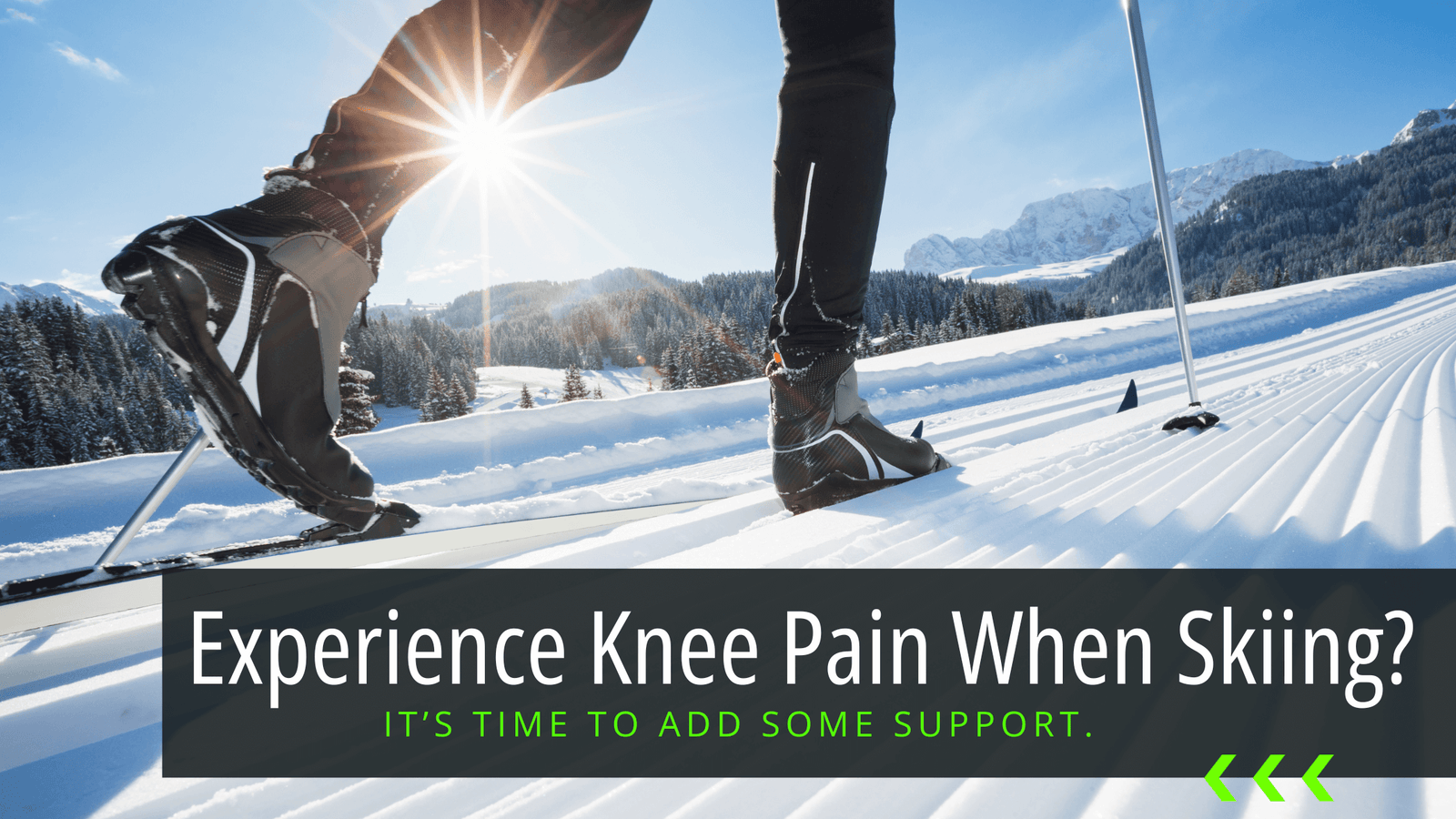




















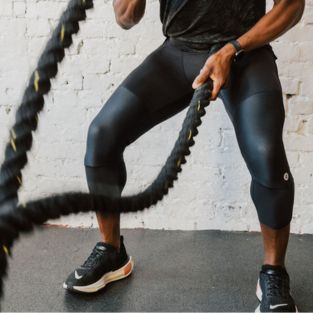
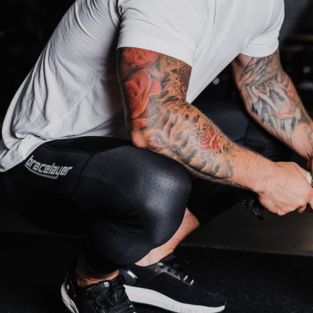
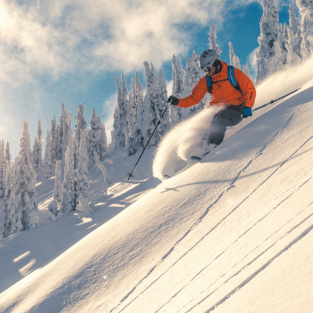
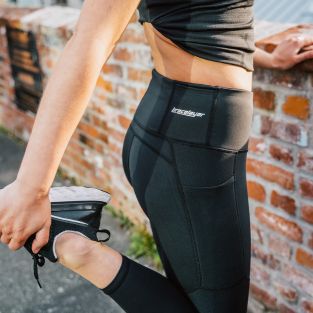
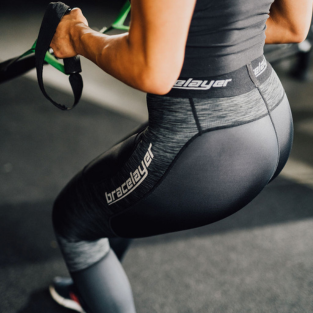
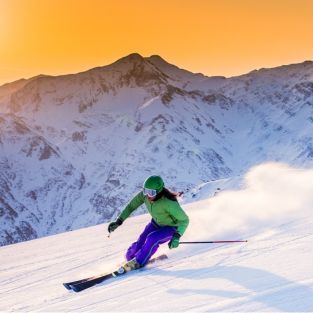
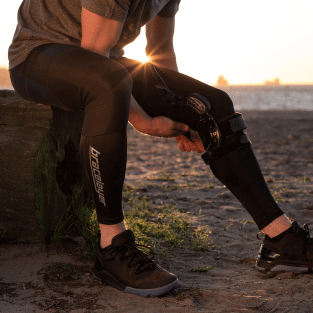
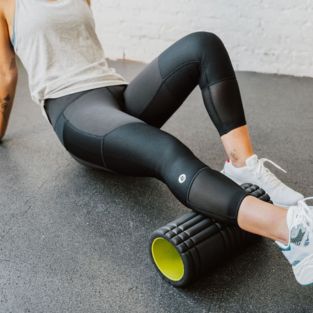
Leave a comment